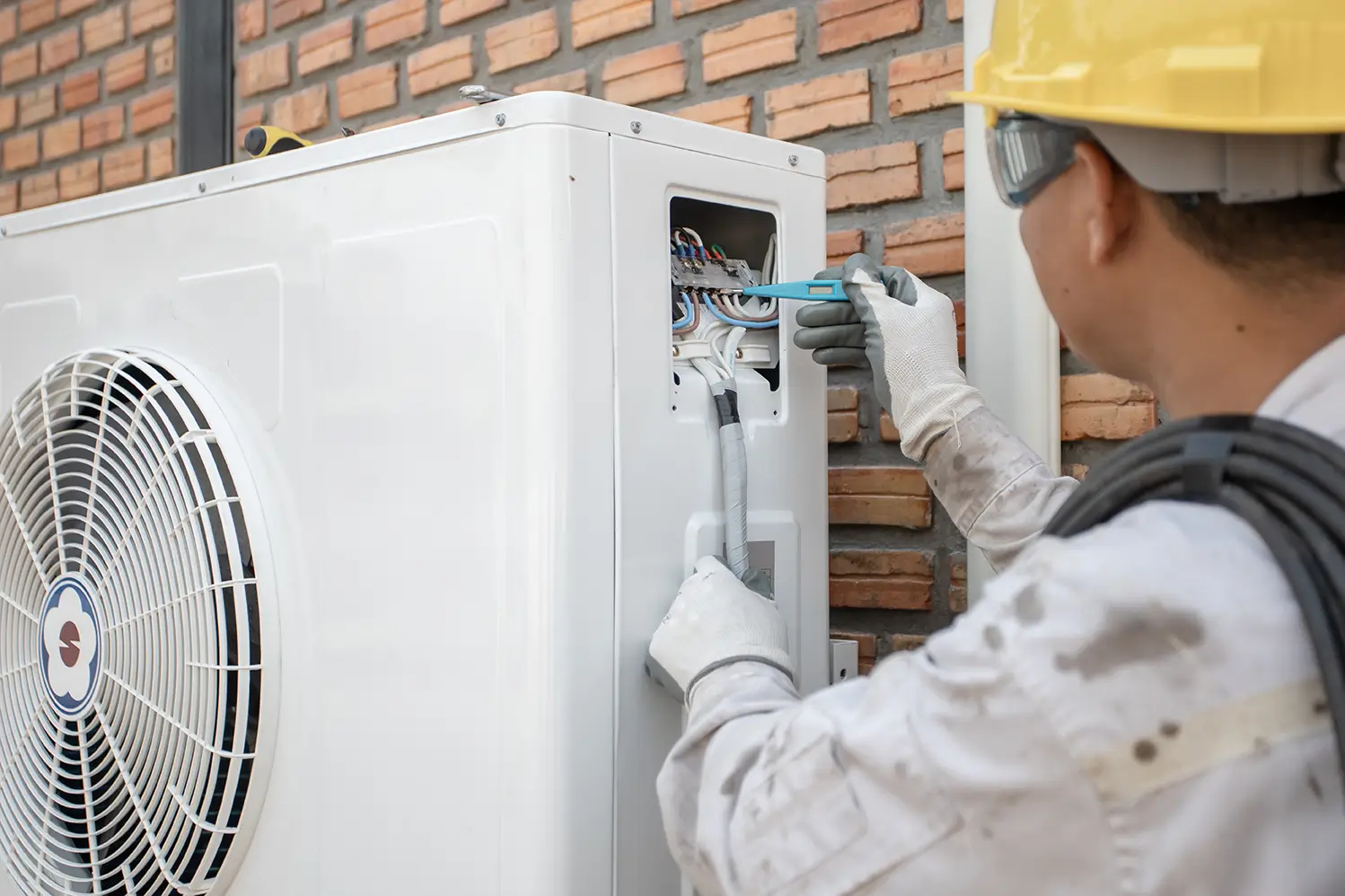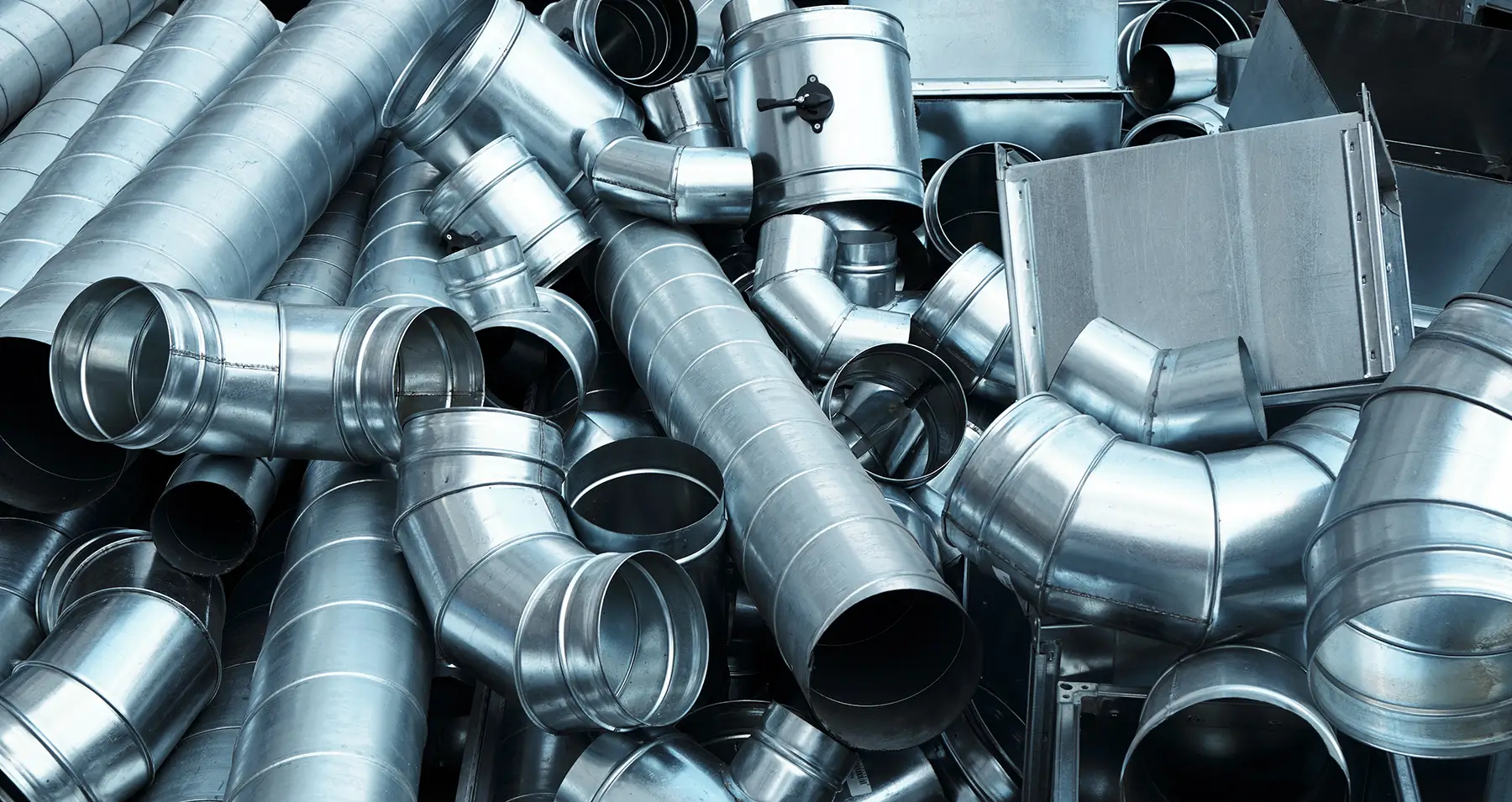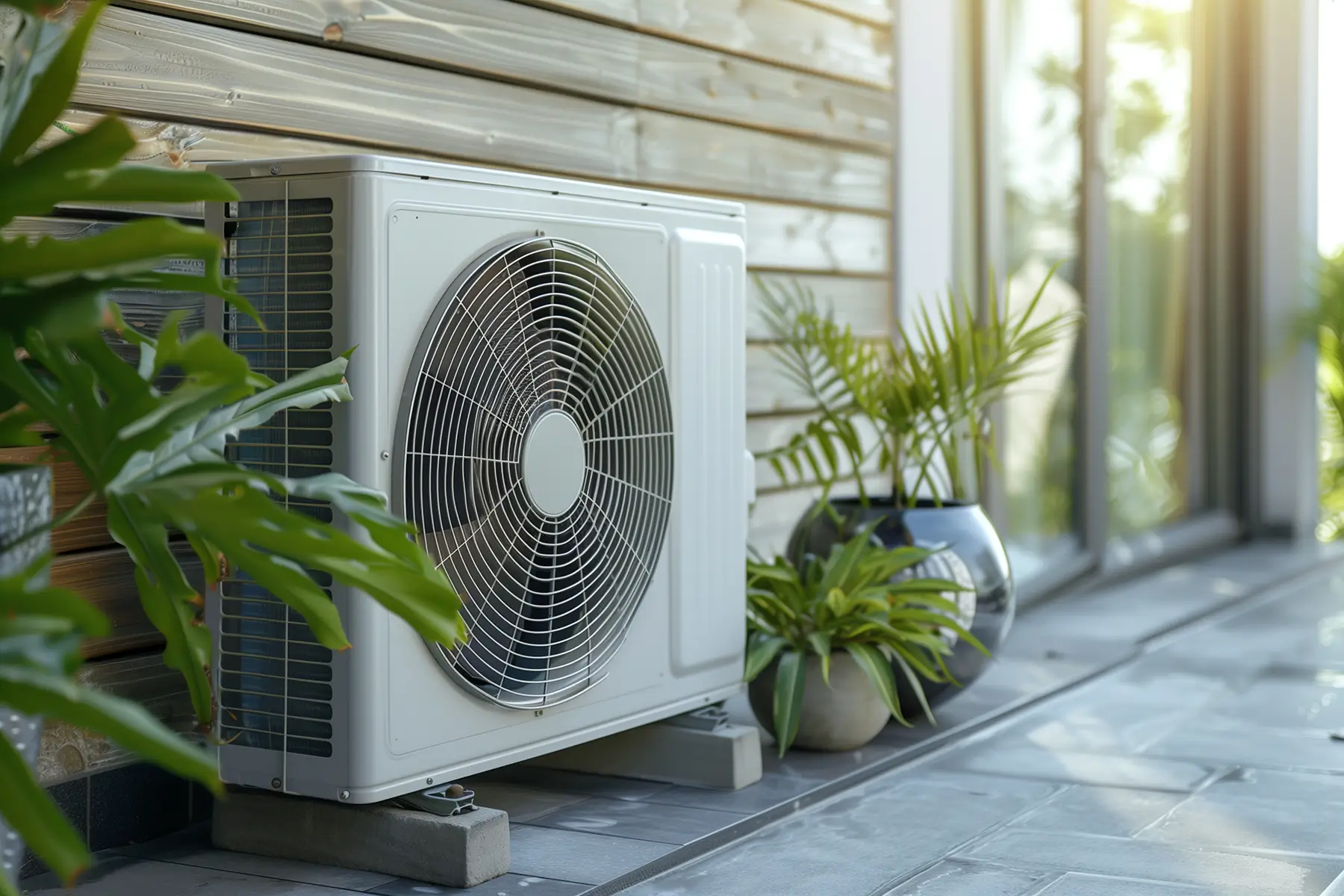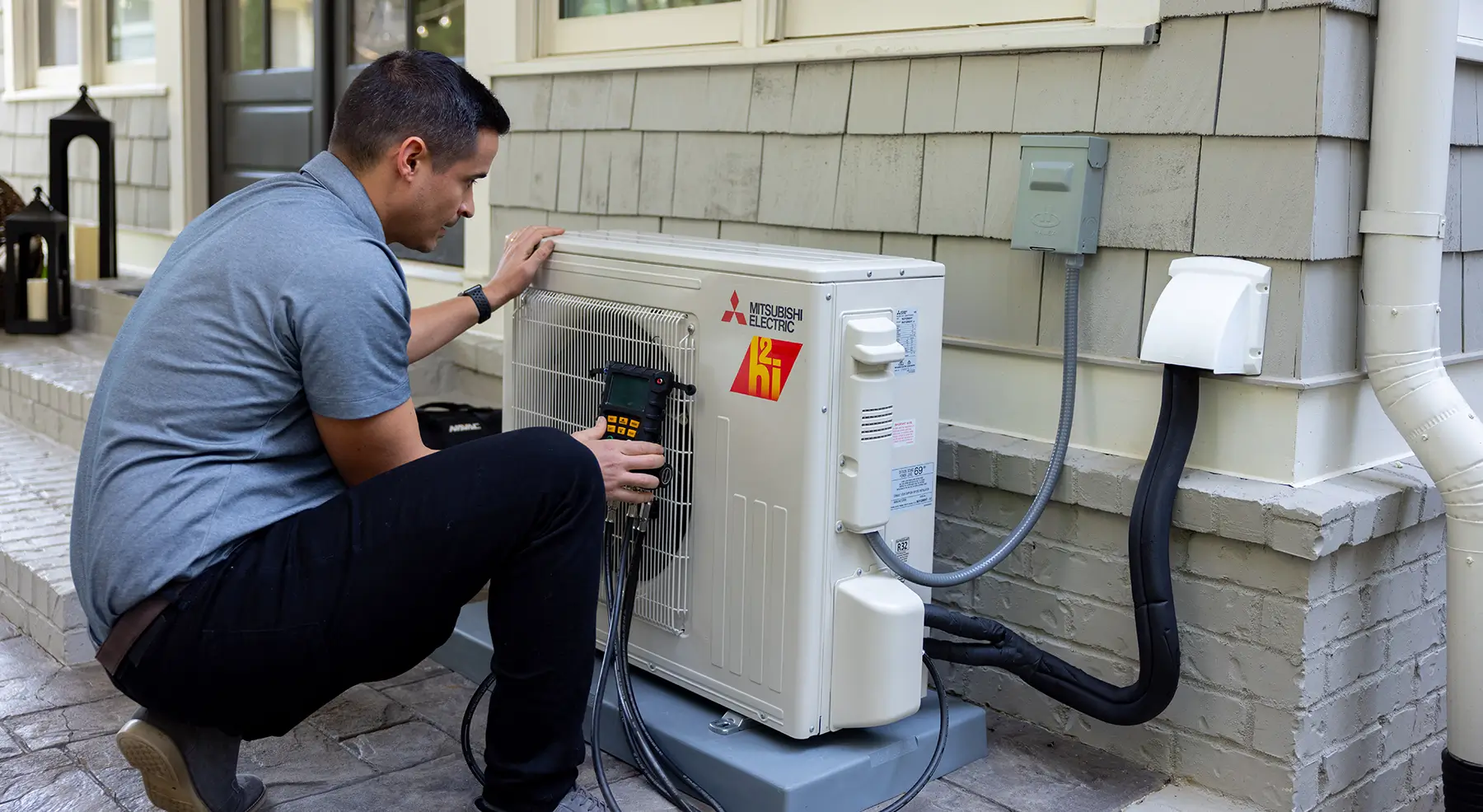Solar heating systems have emerged as a popular and eco-conscious solution for homeowners looking to reduce their energy bills and environmental footprint. In this article, we’ll delve into the world of solar heating, exploring its various aspects and offering valuable tips to maximize savings and efficiency while staying warm and comfortable at home.
Table of Contents
What is Solar Heating?
Solar heating is a technology that leverages sunlight to generate heat for your home, with two primary types: passive and active systems. Passive solar heating relies on architectural design to capture and distribute warmth naturally, while active solar heating utilizes solar panels to convert sunlight into electricity for heating purposes. Understanding how these systems function is key to optimizing your solar heating setup.
Assessing Solar Potential
Before investing in solar heating, it’s crucial to assess your location’s solar potential. Consider factors such as the amount of sunlight your area receives, the orientation of your property, and your home’s heating energy needs. This evaluation will help you determine if solar heating is a practical and cost-effective choice for your situation.
Passive Solar Design
Passive solar design is all about making the most of available sunlight and thermal mass to heat your home naturally. Through strategic architectural choices, such as south-facing windows and thermal mass materials, you can maximize passive solar heating. We’ll also share tips on optimizing these features to ensure consistent warmth.
Active Solar Heating
Active solar heating harnesses the power of solar panels to generate electricity for heating. Solar panels convert sunlight into electricity, which can be used to power fans or pumps for heating air or water. We’ll explain how solar panels work in active solar heating and how to integrate them effectively into your existing heating system.
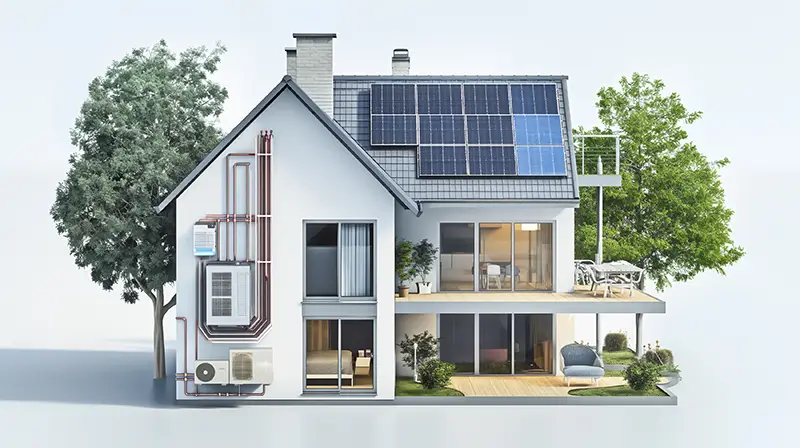
Solar Heating Installation
Professional installation is essential to ensure the efficiency and longevity of your solar heating system. We’ll discuss the importance of hiring experienced contractors, the costs associated with installation, and available incentives and tax credits that can offset these expenses.
Maximizing Solar Heating Efficiency
Keeping your solar heating system in top condition is vital for saving money and energy. Regular maintenance, cleaning of solar panels, and routine inspections are key practices to ensure your system operates at peak efficiency.
Combining Solar with Backup Heating
While solar heating is an excellent primary source of warmth, having a backup heating system in place is essential for cloudy days or high heating demands. Learn how to seamlessly integrate backup heating and ensure a smooth transition when needed.
Smart Controls and Monitoring
Smart thermostats and monitoring tools offer advanced ways to optimize your solar heating system. Explore the benefits of remote control, energy monitoring apps, and weather forecast integration for real-time adjustments that boost efficiency.
Cost Savings of Solar Heating
Discover how solar heating can significantly lower your energy bills, shorten the payback period, and increase the value of your home. We’ll also explore the financial incentives, such as tax credits and rebates, that can make solar heating even more cost-effective.
Environmental Impact
Reducing your carbon footprint and minimizing reliance on non-renewable energy sources are essential aspects of solar heating. We’ll delve into the environmental benefits, including decreased greenhouse gas emissions and a contribution to a more sustainable future.
Summary
Solar heating is a smart investment that combines financial savings with environmental responsibility. By following the tips and guidelines provided in this article, you can embark on a journey towards a more sustainable and cost-effective home heating system, all while enjoying the warmth and comfort of your solar-powered home.

